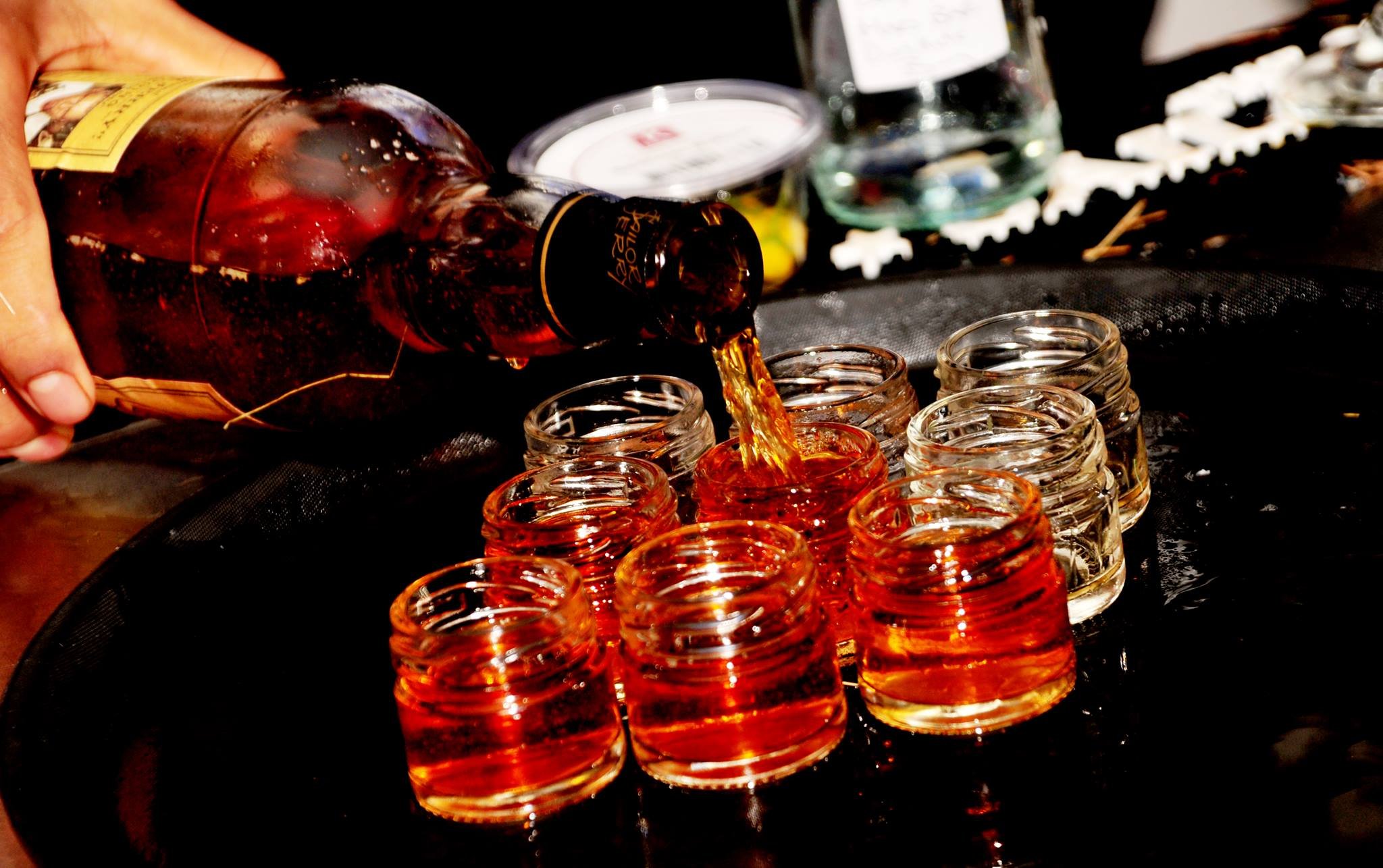How Sailor Jerry grew to over a million cases a year without advertising
Sailor Jerry is one of the hottest spirits brands in the world, and yet it didn’t start advertising until it was shipping over a million cases a year.
Its creator, Steven Grasse, is a serial creator of brands that lean into the zero constraint: besides Sailor Jerry, Grasse has created Hendricks Gin for William Grant, launched a wine (Spodee), relaunched a beer (Narragansett), and a spirit that deliberately defies all the conventions of spirits (Art in the Age of Mechanical Reproduction). Grasse emphasizes the importance of being true to the tribe you want to engage, and the intimate understanding and empathy that demands.
Grasse’s company, Quaker Mercantile, was originally an advertising agency working for other clients. A natural entrepreneurialism, coupled with a frustration about how much of their advice his clients would follow, led Grasse to launching his own brands with a clear point of view, in which conventional advertising has a very small role, even when selling hundreds of thousands of cases. Grasse is the first to acknowledge that it is supposed to be impossible to build a brand in a market as competitive as spirits without advertising. “Sailor Jerry was not supposed to work,” he reflects. “You’re not supposed to be able to go up against Captain Morgan, spend nothing on advertising, and win, and we did.
So how do you build to a million cases a year in an advertising-driven business without an advertising budget? Sailor Jerry’s constraint was an impasse between Quaker Mercantile and their distributor: the latter wouldn’t invest in advertising because Grasse insisted on complete creative control. So the Sailor Jerry clothing brand, which the rum was originally launched to promote, became the lifestyle brand that promoted the rum, accompanied by grassroots support of the punk bands whose ethos was at the brand’s heart. “I didn’t know rums were supposed to behave in a particular way,” says Grasse, “so I made mine behave more like Jack Daniels.” He realized how large it had become only when William Grant told him that, since it had grown to become their biggest brand, they couldn’t continue to distribute it unless they owned it.
Grasse emphasizes “being interesting on the inside.” If you don’t have the budget to talk about yourself to others, you have to get others to talk about you for you, and this means that you have to make every aspect of what you offer interesting, inside and out.
“When we create a product, it needs to be as interesting inside as it is outside, to give people lots to write about ... so if you look at Hendricks, the bottle is interesting, the liquid is interesting, and the whole story adds up. It can’t just be window dressing.”
The day Grasse sold Sailor Jerry to William Grant, he came up with the idea for his next brand, which he called Art in the Age of Mechanical Reproduction, based on the idea that the more art is reproduced, the more it loses its aura. And the same was true of us, he felt: the more we as human beings buy “reproduced crap from Wal-Mart,” the more we lose. So he wanted to create a genuinely original spirit, one that wasn’t in the legal categories of gin, vodka, or rum, which you had to know to look for. The four variants to date are Root, Snap, Rhubarb Tea and Sage, all based on pre-industrial American folk recipes, most of which, he says, he got from his mother:
“Root is based on a root tea recipe, and root tea is what evolved into root beer. Sage is a colonial garden gin; back in the day, they used to make gin out of whatever was in the garden, and it’s a gin without junipers, so it’s not technically a gin. Rhubarb Tea is based off the fact that Ben Franklin brought rhubarb seeds to America and gave them to his friend, John Bartram, who was the King’s botanist, and they experimented and made a herbal tea that was medicinal, called Rhubarb Tea. So, they’re all very strange, very different, and they’ve created more buzz than anything else I’ve ever done.”
Each variant is not a flavor, but a good story. People don’t tell each other about flavors, they tell each other stories.

